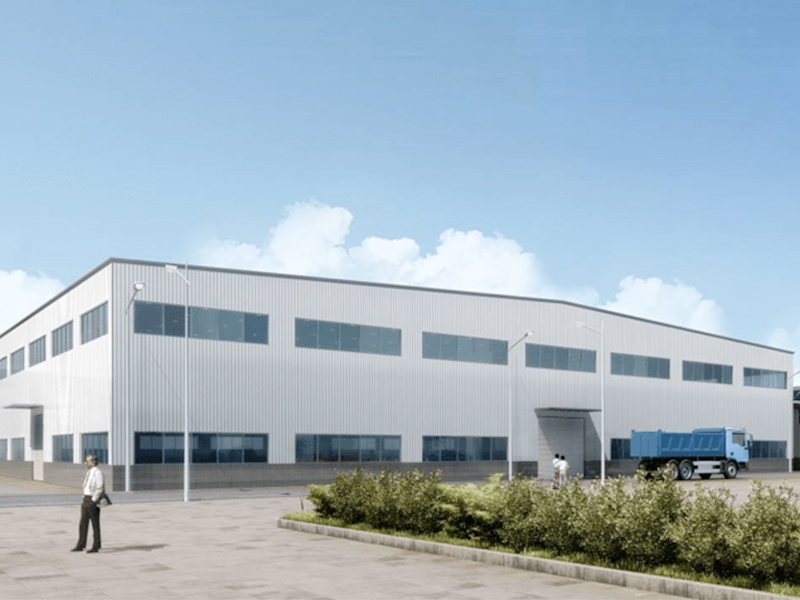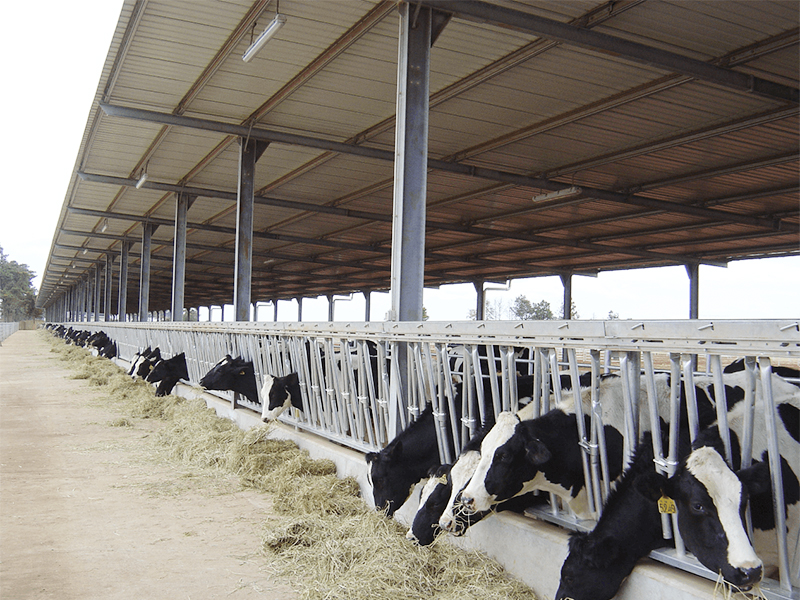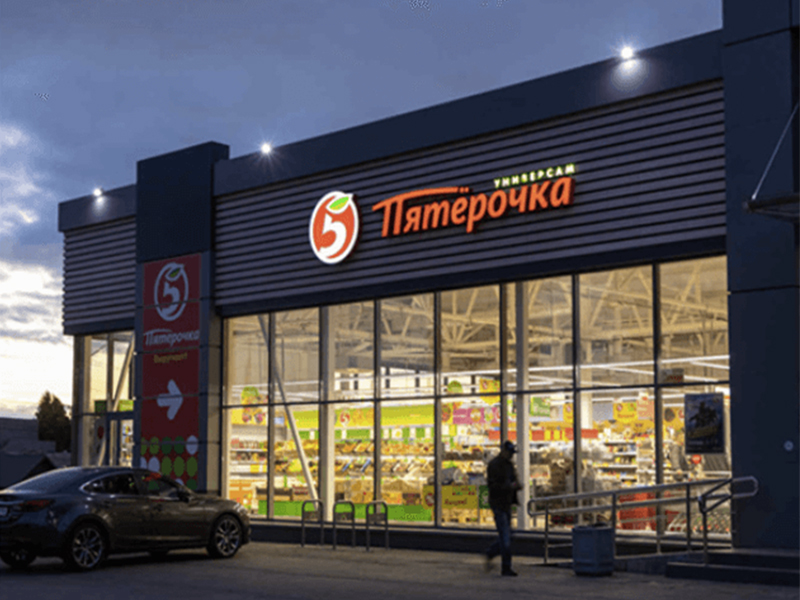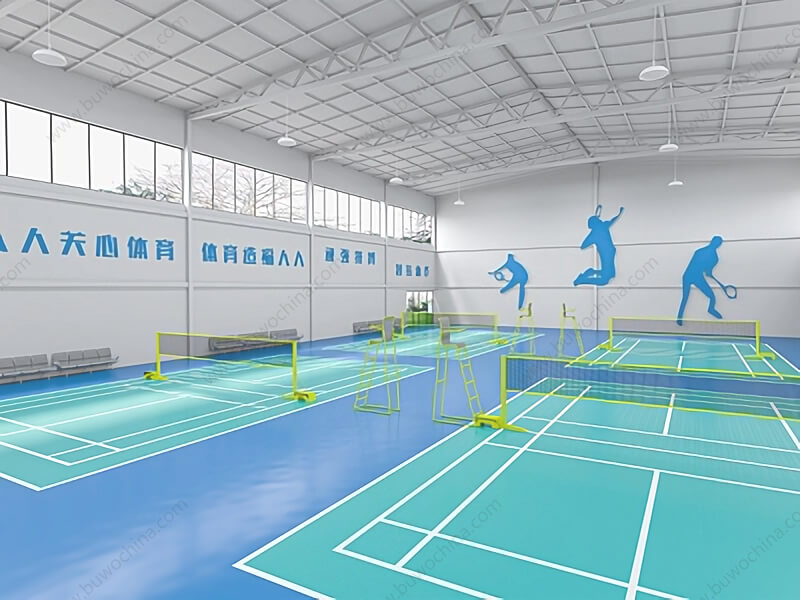Table of Contents
What Steel Structure Buildings Are All About
Fusing strength, adaptability, and beauty, steel structure buildings have become an innovative option in the field of modern architecture. Compared with the traditional construction, they have so many advantages and they have completely changed how we build.
Buildings with steel frames are an example of how engineering skill and creative vision can coexist. Steel buildings are built primarily of steel beams, columns, and frames, as opposed to traditional construction, which uses brick, wood, or concrete. Due to this inherent versatility, architects and engineers are able to build a wide range of structures, including lofty skyscrapers, roomy warehouses, opulent residential complexes, etc.
Common Applications Of Steel Structure Building
Benefits of Steel Structure Buildings
Steel structure buildings come with a myriad of benefits that have positioned them as a preferred choice in modern construction:
- Designing with Strength and Precision
One of the defining features of steel structure buildings is their exceptional strength-to-weight ratio. This attribute empowers architects to create structures with larger open spaces and taller heights. And at the meantime it can also maintaining structural integrity. The design process involves meticulous calculations, taking into consideration factors such as load distribution, wind resistance, seismic activity, and more.
- Durability and Longevity
Steel has a natural resistance to corrosion and deterioration, making these structures endure the test of time with little need for maintenance or repairs.
- Speedy Construction
Prefabrication of steel components and ease of assembly can significantly reduce construction timelines, and enable faster project completion.
- Sustainability
Steel is recyclable and can be repurposed, making it an eco-friendly choice that aligns with sustainable construction practices.
- Adaptability
Steel structures can be easily modified, expanded, or repurposed to accommodate changing needs, offering greater flexibility over the building’s lifecycle.
- Cost-Effectiveness
While initial costs may vary, the long-term benefits of reduced maintenance, energy efficiency, and adaptability often lead the steel structure buildings to cost savings.
- Safety and Resilience
Steel’s inherent properties make these structures highly resistant to fire, earthquakes, and other natural disasters, ensuring occupants’ safety.





